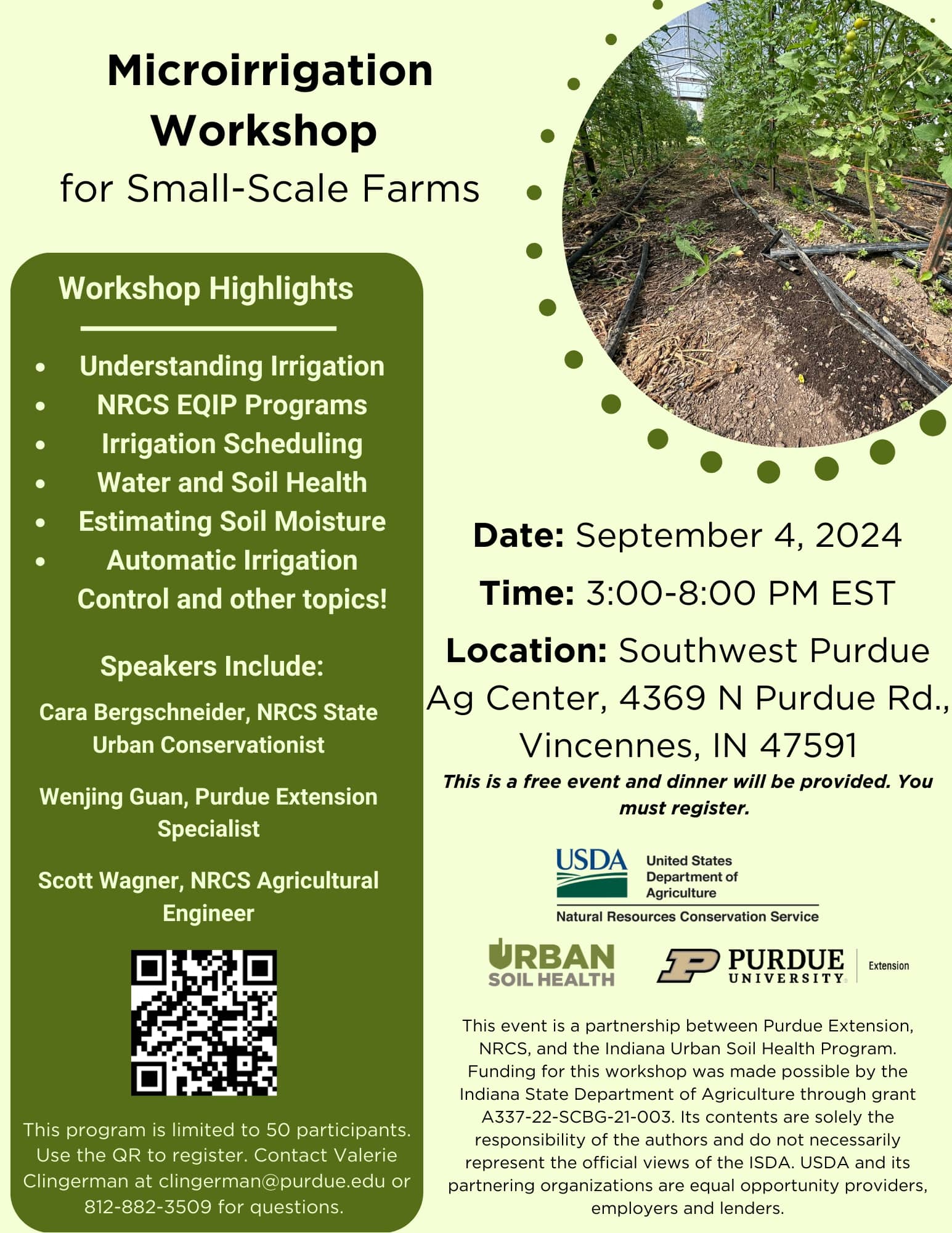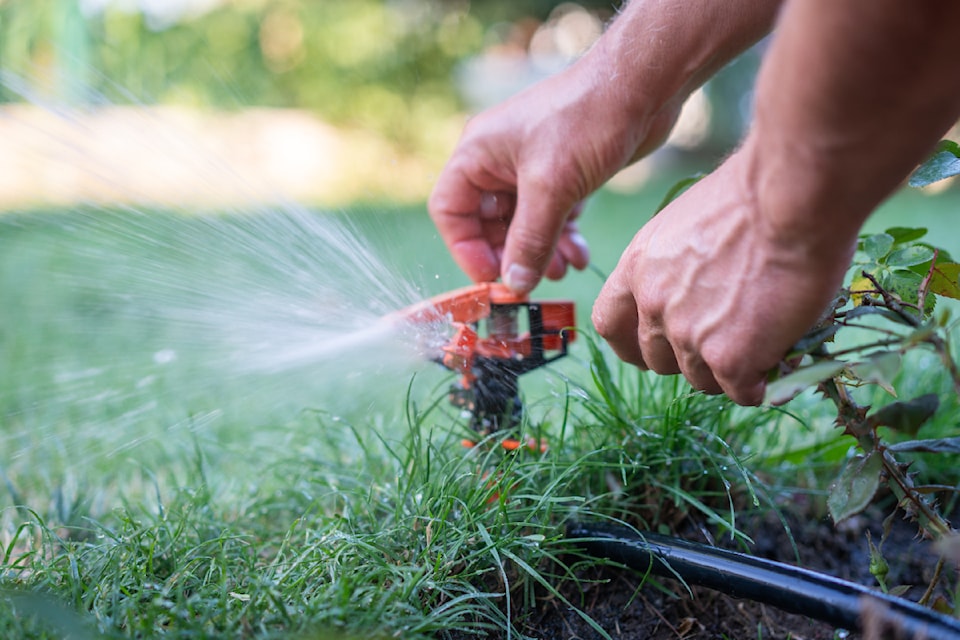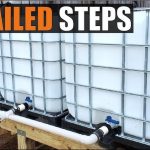Imagine transforming your garden or farm into a thriving oasis, where every plant receives just the right amount of water it needs to flourish. Sounds like a dream, right?
Well, with effective irrigation scheduling, that dream can become your reality. Whether you’re a seasoned farmer or a home gardener, understanding when and how much to water is crucial. It’s not just about keeping your plants alive; it’s about maximizing their growth and ensuring you get the most out of your efforts.
This isn’t just about saving water; it’s about saving time, money, and resources while boosting your yields. Are you ready to unlock the secrets of efficient watering and take your gardening skills to the next level? Let’s dive into the world of irrigation scheduling and discover why it matters so much for your green spaces and how you can easily implement it.

Importance Of Irrigation Scheduling
Irrigation scheduling is a critical aspect of efficient water management. It ensures crops receive the right amount of water at the right time. This process helps maintain healthy plant growth and optimizes water use. Understanding its importance can lead to increased agricultural productivity and sustainability.
Why Proper Water Management Is Essential
Water is a limited resource. Managing it effectively is vital for agricultural success. Proper irrigation scheduling prevents water wastage. It ensures plants get enough moisture without overwatering. This balance is key to maintaining soil health and crop yield.
Impact On Crop Health And Yield
Consistent watering supports robust plant growth. It reduces stress on crops during dry periods. Correct scheduling can improve crop quality. It also boosts yield by providing necessary nutrients through water.
Economic Benefits Of Scheduling
Efficient irrigation can reduce costs. It minimizes water usage and lowers energy bills. Farmers can save money and increase profits. Scheduling helps in making informed decisions, which are crucial for financial success.
Environmental Considerations
Proper irrigation scheduling benefits the environment. It reduces runoff and soil erosion. This practice helps conserve water resources. It also promotes biodiversity by maintaining natural habitats.
Technological Advances In Irrigation
Technology plays a role in effective scheduling. Smart irrigation systems use data to optimize water use. Sensors and automated systems provide precise control. These advancements enhance efficiency and sustainability in farming.
Factors Influencing Irrigation Timing
Climate, soil type, and crop needs dictate irrigation timing. Scheduling ensures water efficiency and healthy plant growth. Correct timing prevents over-watering and under-watering, boosting yield and conserving resources.
Understanding the factors that influence irrigation timing is crucial for efficient water use and healthy crops. When you know what affects when and how much to water, you can optimize irrigation schedules to save water and improve yields. Let’s explore these factors and see how they can help you manage your irrigation more effectively. ###Soil Type
The type of soil in your field plays a huge role in determining irrigation needs. Sandy soils drain quickly and require more frequent watering. In contrast, clay soils retain moisture longer, needing less frequent irrigation. Knowing your soil type helps you adjust the timing and amount of water your crops need. You can test your soil to better understand its water-holding capacity. ###Weather Conditions
Weather is another significant factor influencing irrigation. During hot and dry periods, crops will need more water. Cooler, rainy days might reduce or eliminate the need for additional irrigation. Check the weather forecast regularly. It can help you decide whether to irrigate or wait for natural rainfall. ###Crop Type
Different crops have different water requirements. A thirsty crop like rice needs more water than drought-resistant plants like succulents. Understand the specific water needs of your crops. This knowledge helps you plan how often and how much to water. ###Growth Stage
Crops have varying water needs at different growth stages. Young plants might need frequent watering, while mature plants might require less. Adjust your irrigation schedule as your crops move through different growth phases. This ensures that they get the right amount of water at the right time. ###Evaporation Rates
Evaporation can lead to water loss before it even reaches plant roots. High temperatures and winds increase evaporation rates. Mulching can help reduce evaporation, ensuring more water reaches your plants. Consider watering in the early morning or late afternoon when evaporation rates are lower. This simple change can lead to significant water savings. ###Water Source Availability
The availability and reliability of your water source can dictate your irrigation schedule. If your water supply is limited, you may need to prioritize and schedule irrigation carefully. Plan for possible shortages by having a backup plan. Consider using water-saving techniques like drip irrigation to make the most of your available resources. ###Personal Experience: The Learning Curve
When I first started with irrigation scheduling, I underestimated the impact of soil type. I overwatered my sandy soil, which led to wasted water and poor crop health. Once I adjusted my schedule, my crops thrived. This experience taught me the importance of understanding each factor and its impact on irrigation. What about you? Have you ever misjudged when or how much to water? It’s a common mistake, but with the right information, you can improve your irrigation practices and see better results.Tools And Techniques For Scheduling
Efficient irrigation scheduling requires the right tools and techniques. These resources help farmers manage water use effectively. They ensure crops receive the right amount of water at the right time. Proper scheduling minimizes waste and maximizes crop yield. Understanding these tools can lead to healthier plants and better resource management.
Soil Moisture Sensors
Soil moisture sensors measure water content in the soil. They provide real-time data on soil conditions. Farmers use this information to decide when to irrigate. This approach reduces water waste and enhances crop growth.
Weather-based Irrigation Controllers
Weather-based controllers adjust irrigation based on weather data. They use forecasts and current conditions to optimize watering schedules. This technology ensures crops receive water only when needed. It saves water and reduces utility costs.
Evapotranspiration (et) Models
ET models calculate water loss through evaporation and plant transpiration. They help determine the precise water needs of crops. By using ET data, farmers can schedule irrigation more accurately. This method promotes efficient water use.
Mobile Apps For Irrigation Scheduling
Mobile apps offer convenient access to irrigation data and controls. Farmers can monitor and adjust irrigation from anywhere. These apps often integrate with sensors and controllers. They provide a user-friendly interface for efficient irrigation management.
Drip Irrigation Systems
Drip irrigation delivers water directly to plant roots. This method minimizes evaporation and runoff. It allows precise control over water distribution. Drip systems are ideal for areas with limited water resources.

Benefits Of Effective Scheduling
Irrigation scheduling is vital for maximizing crop yield and conserving water. It involves planning when and how much water to apply to crops. Effective scheduling offers numerous benefits. It enhances plant health, saves resources, and boosts productivity. Understanding these advantages can lead to more efficient farming practices.
Efficient Water Use
Effective scheduling ensures water reaches the roots directly. This minimizes evaporation and runoff. Farmers can reduce waste and conserve water resources. It supports sustainable agriculture, especially in water-scarce regions.
Enhanced Crop Yield
Proper irrigation timing leads to healthier plants. It ensures they receive water during critical growth stages. This promotes better nutrient uptake and increases crop yield. Healthy plants are more resistant to diseases and pests.
Cost Savings
Scheduling helps reduce unnecessary water usage. This lowers operational costs related to irrigation. Farmers can save on electricity and fuel costs. Efficient scheduling reduces labor costs by minimizing manual watering.
Environmental Protection
Reducing water waste protects local ecosystems. It prevents water logging and soil erosion. Effective scheduling preserves the quality of nearby water bodies. It minimizes the risk of fertilizer runoff into rivers and lakes.
Improved Soil Health
Proper water management maintains soil structure. It prevents compaction and supports beneficial microorganisms. Healthy soil retains nutrients better, aiding plant growth. Balanced irrigation ensures optimal soil moisture levels.
Conclusion
Effective irrigation scheduling helps plants grow strong and healthy. It saves water and reduces costs for farmers. Knowing when and how much to water is key. Plan your irrigation based on weather and soil conditions. Monitor plant needs regularly. Adjust schedules as needed.
This helps avoid overwatering or underwatering. Use smart tools and technology for better results. Simple steps lead to big benefits. Better yields. Happier plants. Happy farmers. Remember, good scheduling is vital for successful farming. Keep your crops thriving with thoughtful irrigation planning.
It’s worth the effort.


